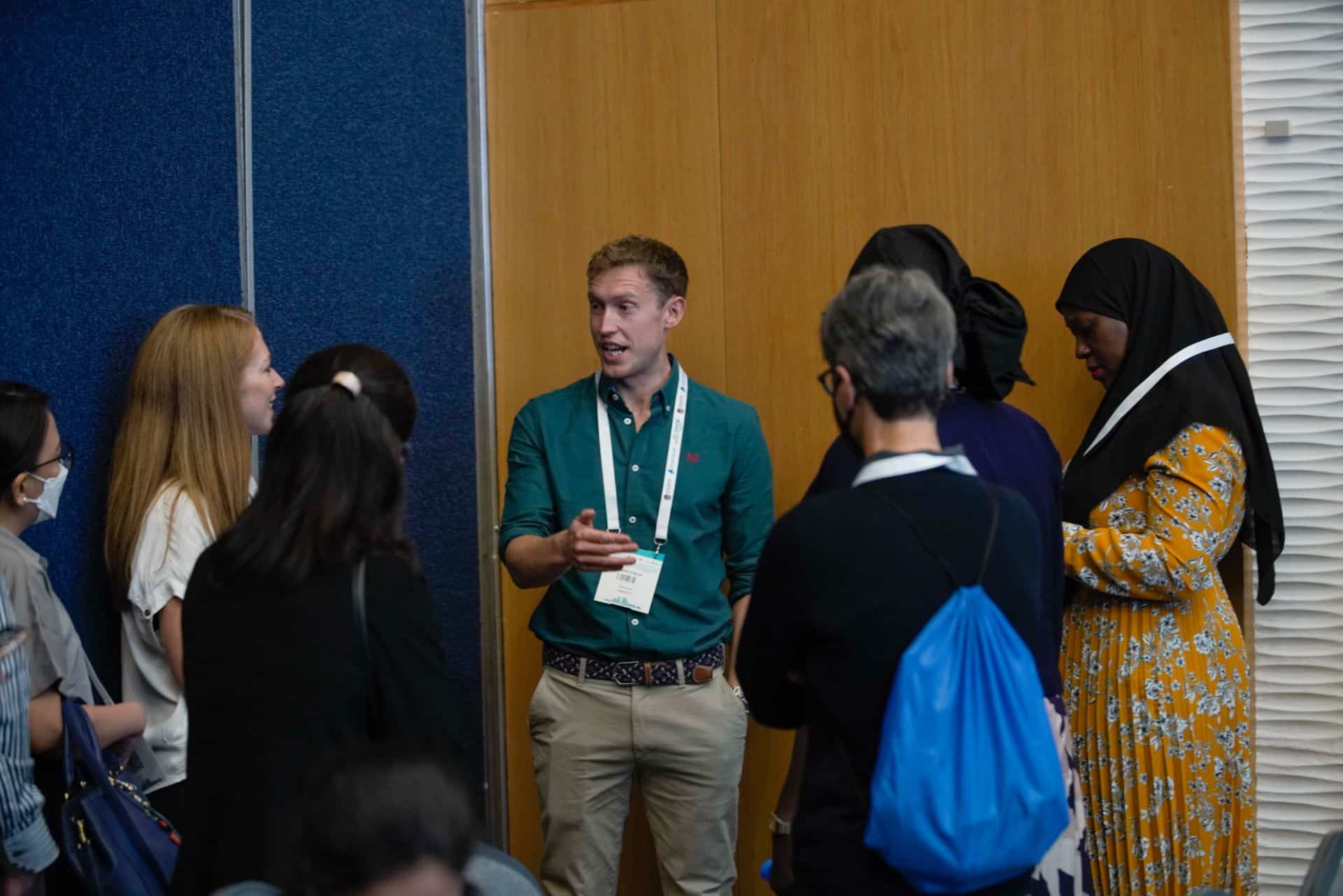Short Oral
A socioecological approach to Motivational Trajectories for Physical Activity
Background:
According to Self Determination Theory, there are six domains of motivation for physical activity (PA) that can be used to cluster people and, hence, study motivational profile changes over time (motivational trajectories).
Purpose:
Explore how the PA environment is associated with a positive motivational trajectory with particular focus on the restorative quality of the environment (as set out by Attention Restoration Theory).
Methods:
Data from 305 participants (165 females; M = 44.4 years [SD = 12.9) were collected at three time points (November, December 2022 and January 2023) via a survey link. Latent profile transition analysis was used to analyse the data.
Results:
Three distinct profiles emerged: (1) Low in Motivation; (2) Self-Determined; and (3) High in Motivation. Overall 14.6% of the total sample transitioned between profiles at least once. For those that did transition, the most common movement (78.8% [out of 14.6%]) was from profile 1 to either profile 2 or 3 – favourable trajectories, because the latter profiles have beneficial motivational characteristics as well as higher PA and life satisfaction. These favourable trajectories are positively associated with the following environmental characteristics: being active with other people (r = .20, p < .001), as part of a team (r = .34, p < .001), with an instructor (r = .36, p < .001), and perceived restorativeness of the PA environment (r = .30, p < .001).
Conclusions:
Social support and the restorative nature of PA environments might help people transition to a positive motivational profile on a short-term basis.
Implications:
Settings that provide social support, such as community walks, sport clubs that offer team sports or trained coaches, and are considered restorative (having natural elements), should be promoted at all levels.
Funding:
European Union’s Horizon 2020 research and innovation programme under the Marie Skłodowska-Curie grant agreement no. 823815
Submitting Author
Georgia Gidney
Population Group
Adults
Study Type
Epidemiology
Setting
Community



